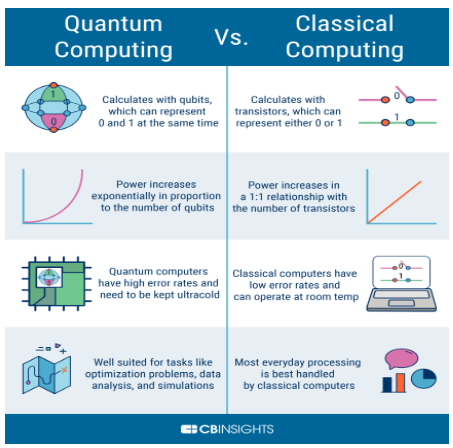Geography
Hawaii’s Kilauea volcano is erupting again - Indian Express
Lava began bubbling Monday through the crust of one of the world’s most active volcanoes — Kilauea, on Hawaii’s Big Island.
Kilauea Volcano
- Location: Southern part of Hawaii's Big Island within Hawai'i Volcanoes National Park, U.S.A.
- Youngest and Active: Most active Hawaiian shield volcano.
- Mythology: Halemaumau crater (central crater) - home of Hawaiian fire goddess Pele.
- Lava Lake: Contained a lava lake until 1924.
- Eruption Record:
- 34 eruptions since 1952.
- Near-continuous activity from 1983 to 2018 in the East Rift Zone.
- Summit Caldera: A depression spanning 3 miles in length, 2 miles in width, and covering 4 square miles.
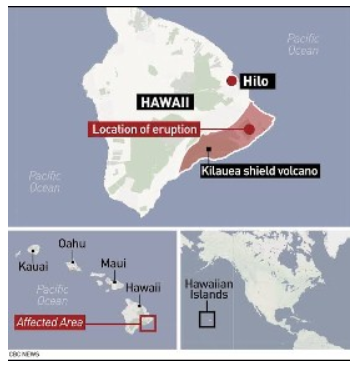
Shield Volcano
- Characteristics: Broad, gentle slopes formed by highly fluid basalt lava.
- Shape: Elongated and dome-shaped.
- Eruptions: Low explosivity; forms cinder and spatter cones at vents.
- Explosions: Occur only if water enters the vent.
- Examples: Kilauea and Mauna Loa (Hawaiian shield volcanoes).
Greenland: Indian Express
US President-elect Donald Trump has once again expressed interest in buying Greenland, and Greenland has again stated it is not for sale.
Greenland
- About: Largest non-continent island; geographically part of North America
- Location: Between North America and Europe in the North Atlantic Ocean.
- Surroundings: Arctic Ocean (north), Greenland Sea (east), North Atlantic Ocean (southeast), Davis Strait (southwest), Baffin Bay (west).
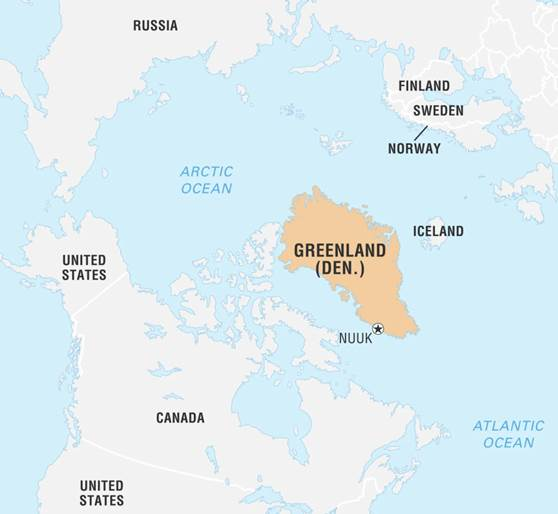
- Political Status: Former Danish colony; now an autonomous province of Denmark.
- Climate: Polar zone(temperatures - -50°C in winter to 10–15°C in summer).
- Highest Point: Gunnbjorn's Fjeld.
- Capital: Nuuk.
- Strategic Importance
- Military: Home to the US's Pituffik Space Base for monitoring missiles from Russia, China, or North Korea.
- Mineral Wealth: Rich in rare earth minerals.
- Arctic Navigation: Melting ice due to global warming opens new waterways.
Polity
Surveillance reform is the need of the hour - The Hindu
Recently, a U.S. court ruled that Israel’s NSO Group was liable for installing Pegasus, a spyware suite, on the phones of targeted individuals through WhatsApp.
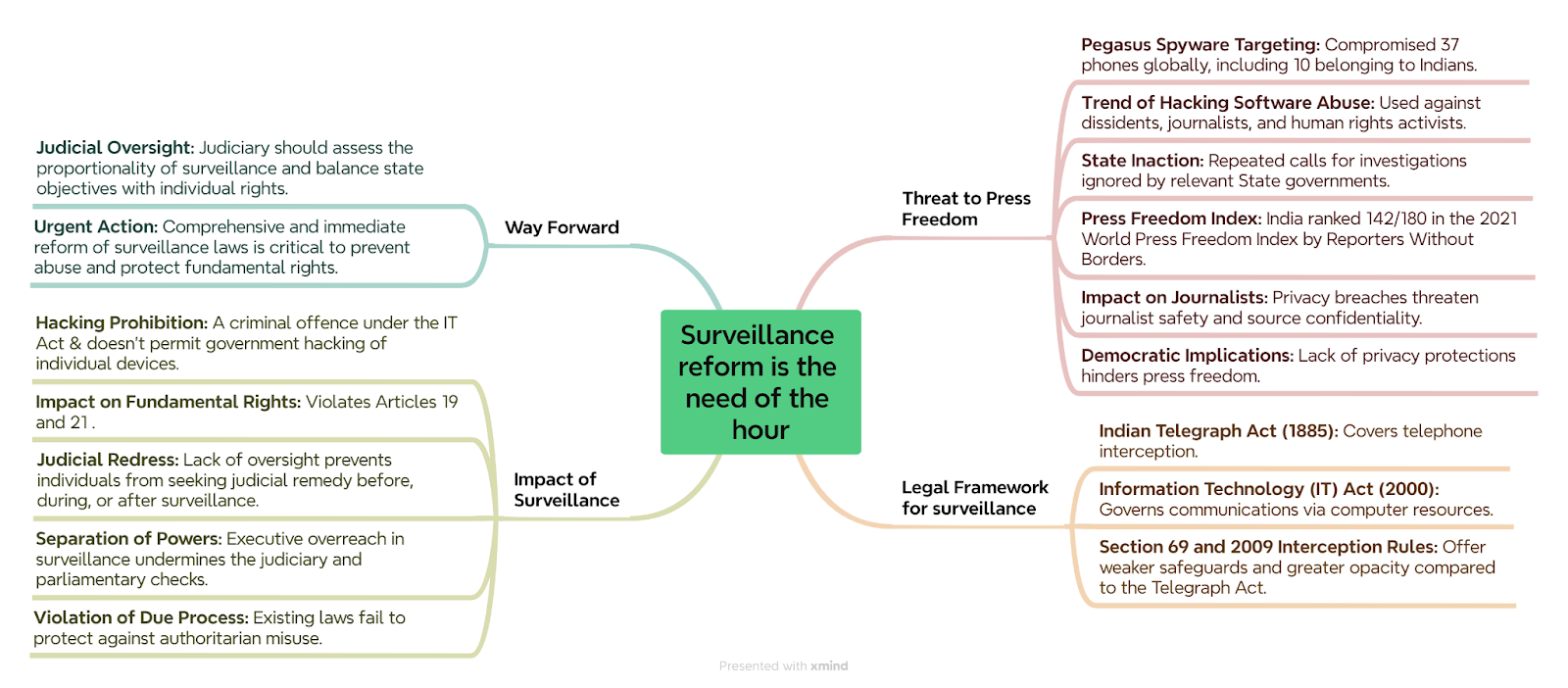
Why are activists opposing EC’s election rule amendment? - The Hindu
The Centre recently amended the Conduct of Election Rules to restrict access for the public to a section of poll documents. This was done by the Union Law Ministry following a recommendation from the Election Commission (EC). While the EC said the amendment aims to restrict access to electronic data, the Opposition and transparency activists have been up in arms, branding it as an attack on the right to information and electoral freedom.
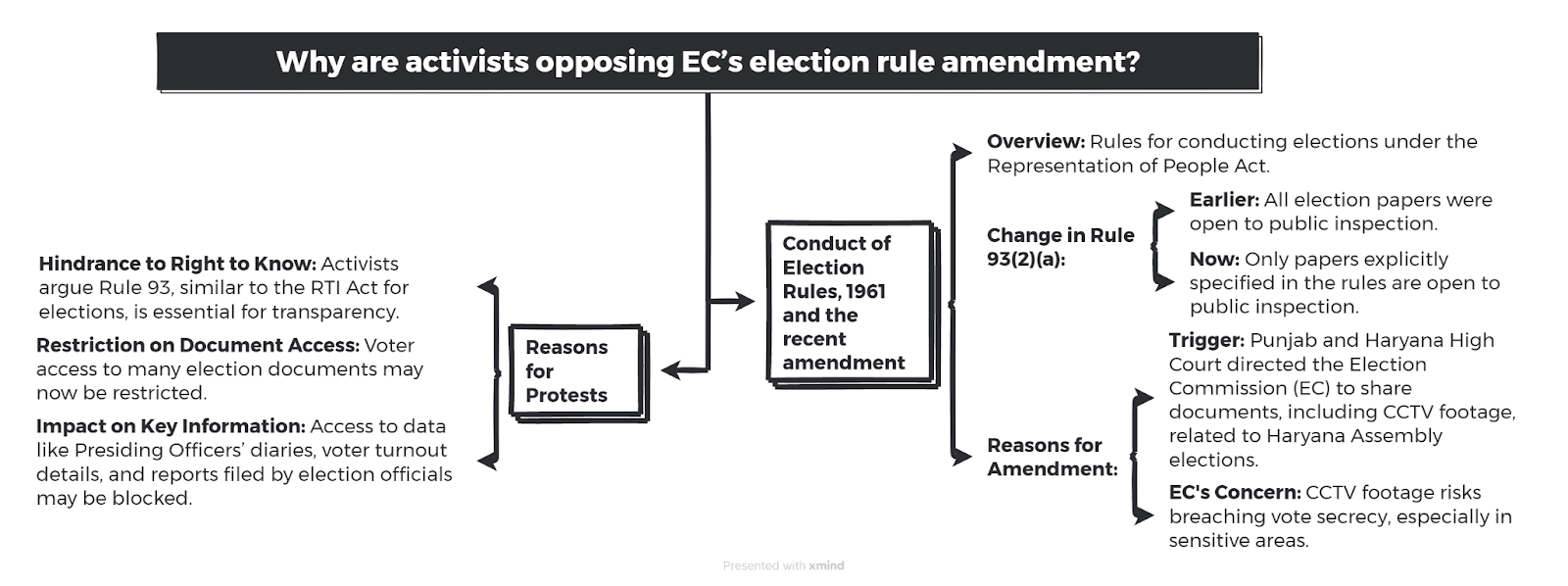
Selection process of the NHRC chief was a ‘fundamentally flawed’ - The Hindi
A day after former Supreme Court judge V. Ramasubramanian was appointed as the new Chairperson of the National Human Rights Commission (NHRC), Leader of Opposition registered their dissent that the process adopted was “fundamentally flawed” and a “pre-determined” exercise that ignored mutual consultation and consensus.
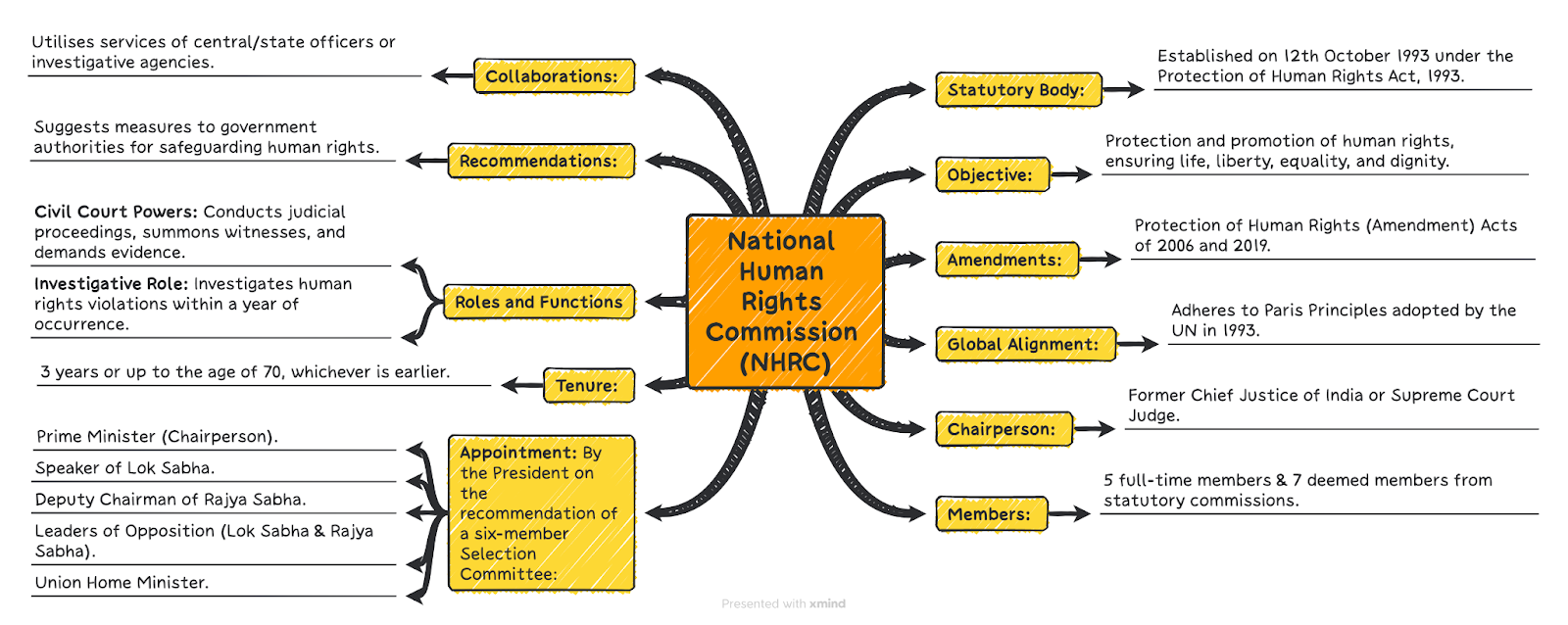
World Affairs
What is Australia’s Online Safety Amendment about? - The Hindu
Australia’s House of Representatives recently passed the “Online Safety Amendment (Social Media Minimum Age) Bill, 2024” which imposes obligation on certain social media platforms to take reasonable steps to prevent children under 16 years of age from having an account.
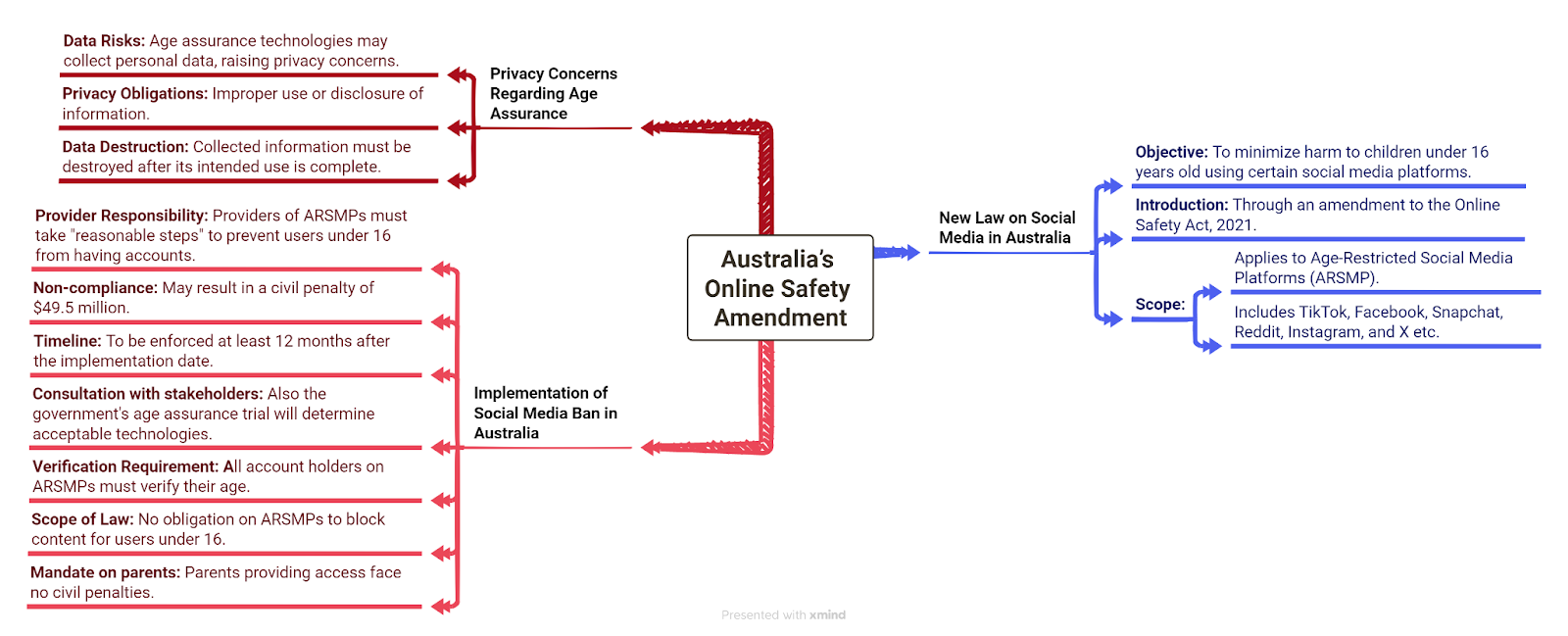
Economy
₹45,000-cr. Ken-Betwa link project launched - The Hindu
Prime Minister recently laid the foundation stone for the Ken-Betwa river-linking project in Madhya Pradesh’s Khajuraho. The project is estimated to cost around ₹45,000 crore.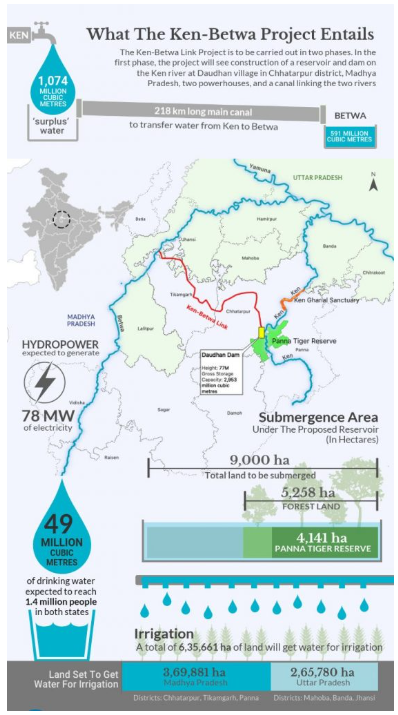
Ken-Betwa Link Project (KBLP)
- Objective: Transfer water from the Ken River to the Betwa River.
- Canal: 221 km long (including a 2-km tunnel).
- Submergence Area: Covers parts of UP (Jhansi, Banda, Lalitpur, Mahoba) and MP (Tikamgarh, Panna, Chhatarpur).
- Significance: First Interlinking Project under the National Perspective Plan (1980).
- Completion Target: Within 8 years (Ministry of Jal Shakti).
- Key Components:
- Irrigation: 10.62 lakh ha (8.11 lakh ha in MP; 2.51 lakh ha in UP).
- Drinking Water: Benefits ~62 lakh people.
- Energy Generation: 103 MW hydropower + 27 MW solar power.
- Phases:
- Phase-I: Includes Daudhan Dam, tunnels, canal, and powerhouses.
- Phase-II: Includes Lower Orr Dam, Bina Complex Project, and Kotha Barrage.
- Rivers:
- Ken River: Origin- Ahirgawan (MP), flows through Bundelkhand, and joins the Yamuna near Chilla village (UP).
- Betwa River: Origin- Vindhya Range (near Hoshangabad, MP), flows through Bundelkhand, and meets the Yamuna at Hamirpur (UP).
- Significance:
- Water Security: Addresses drought-like conditions in Bundelkhand.
- Agriculture: Irrigates 10.62 lakh ha, enhancing crop productivity and income.
- Drinking Water: Benefits ~62 lakh people in MP and UP.
- Energy: Adds 130 MW renewable capacity.
- Regional Growth: Boosts Bundelkhand's socio-economic development, reduces rural distress, and encourages industrial growth.
- Model for Future Projects: Sets precedent for additional river-linking schemes.
How Regenerative Farming Can Safeguard Our Soil - Indian Express
India, with a population of 145 crore, is self-reliant in its food and nutritional requirements. Over the last 70 years, this has been achieved partly by expanding the area under agriculture and intensifying practices largely during the green revolution. With an annual increase in demand of 2-3 per cent for food, India must grow 50 per cent more food by 2050.
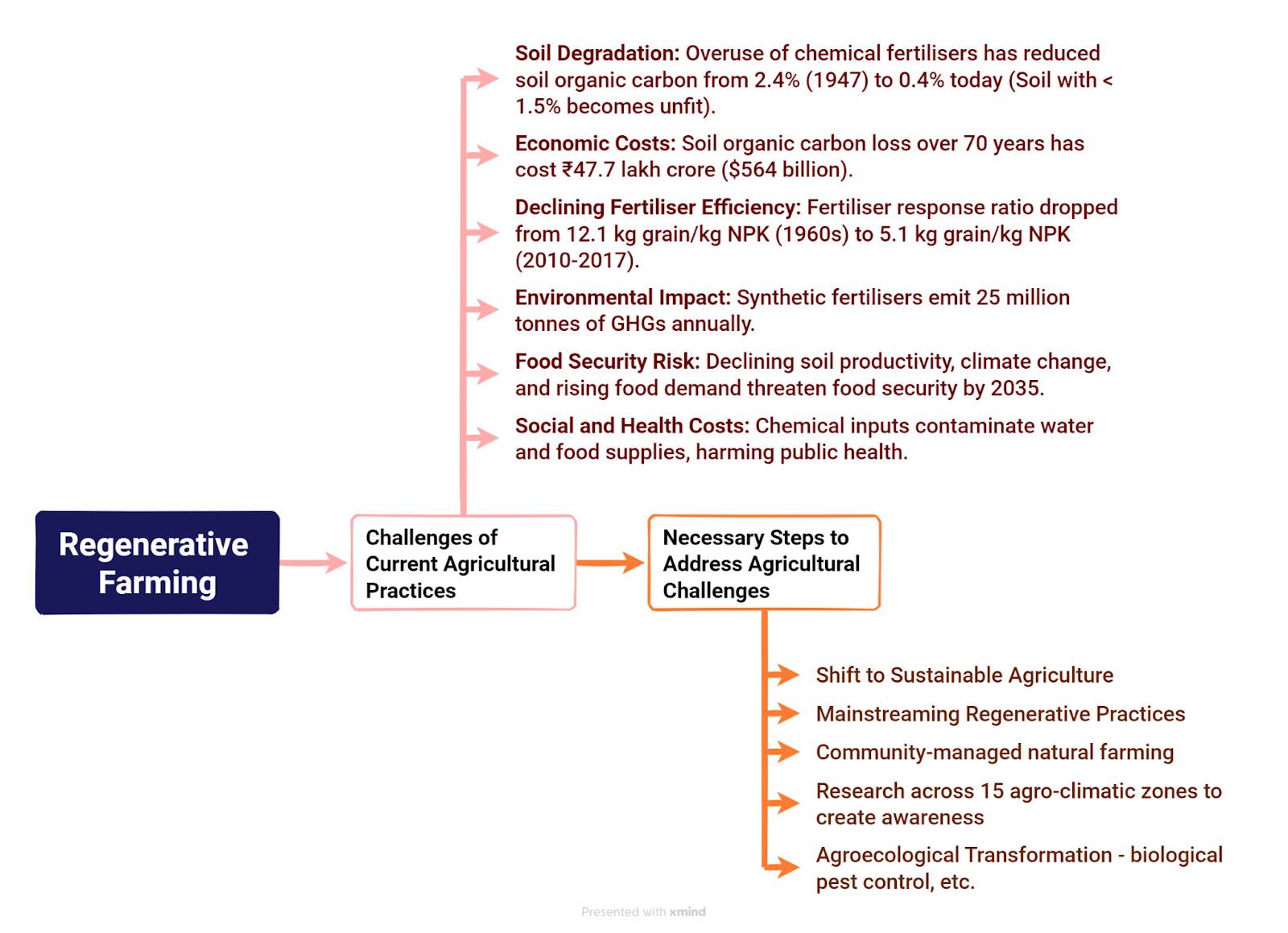
Environment
Human interactions threaten endangered lion-tailed macaque - The Hindu
A recent study warns of a growing threat to the critically endangered lion-tailed macaque, endemic to the Western Ghats of India due to increasing human interaction.
Lion-tailed Macaque
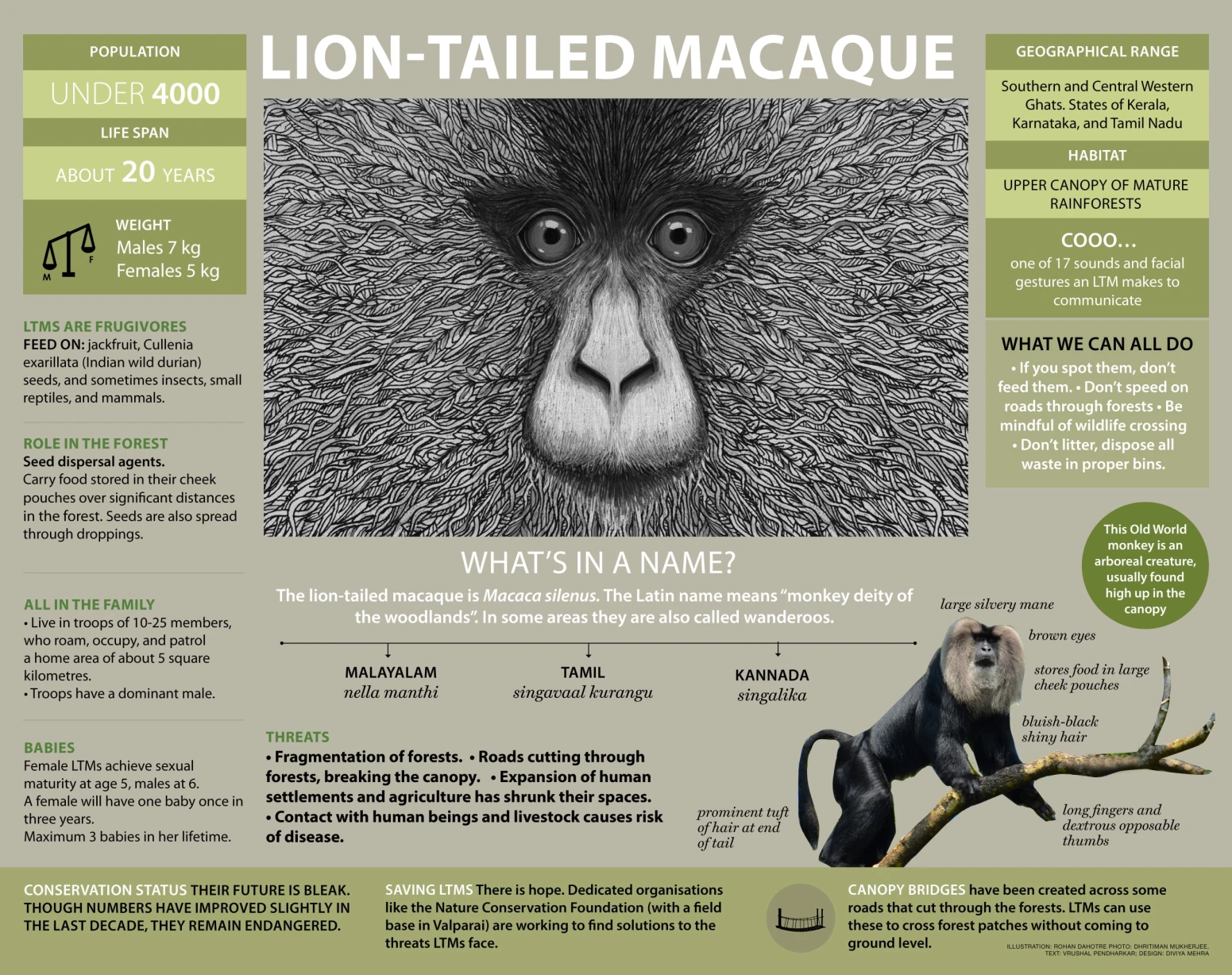
Science and Technology
What is quantum computing? - The Hindu
In 1982, Richard Feynman proposed the idea of developing a computer that could simulate both quantum and classical physics but researchers realised classical computers, the computers of today, would struggle with the complexity of quantum systems. Thus the idea of a quantum computer was born.
Basics of Quantum Computing
- Classical Computing: Based on classical physics which uses bits (0 or 1) as the fundamental unit.
- Quantum Computing: Relies on qubits, which can exist in states of 0, 1, or a combination (superposition).
Key Principles:
- Superposition: Qubits can be in multiple states at once & measurement collapses the qubit into a definitive state (0 or 1).
- Entanglement: Qubits can be intrinsically linked, regardless of distance.
Advantage:
- Parallel computations via superposition.
- Faster processing through entanglement, outperforming classical computers in specific tasks.
Present Limitations of Quantum Computers
- Challenges in Development: Building them is costly and complex.
- Maintaining qubit stability: Difficult due to high error rates and decoherence caused by environmental noise.
- Scalability Issues: Solving advanced problems requires millions of qubits, which current technology cannot achieve.
